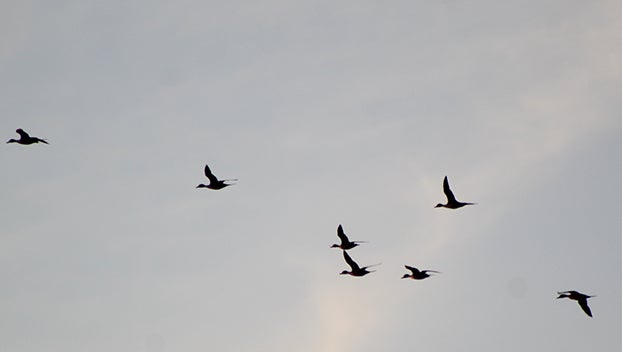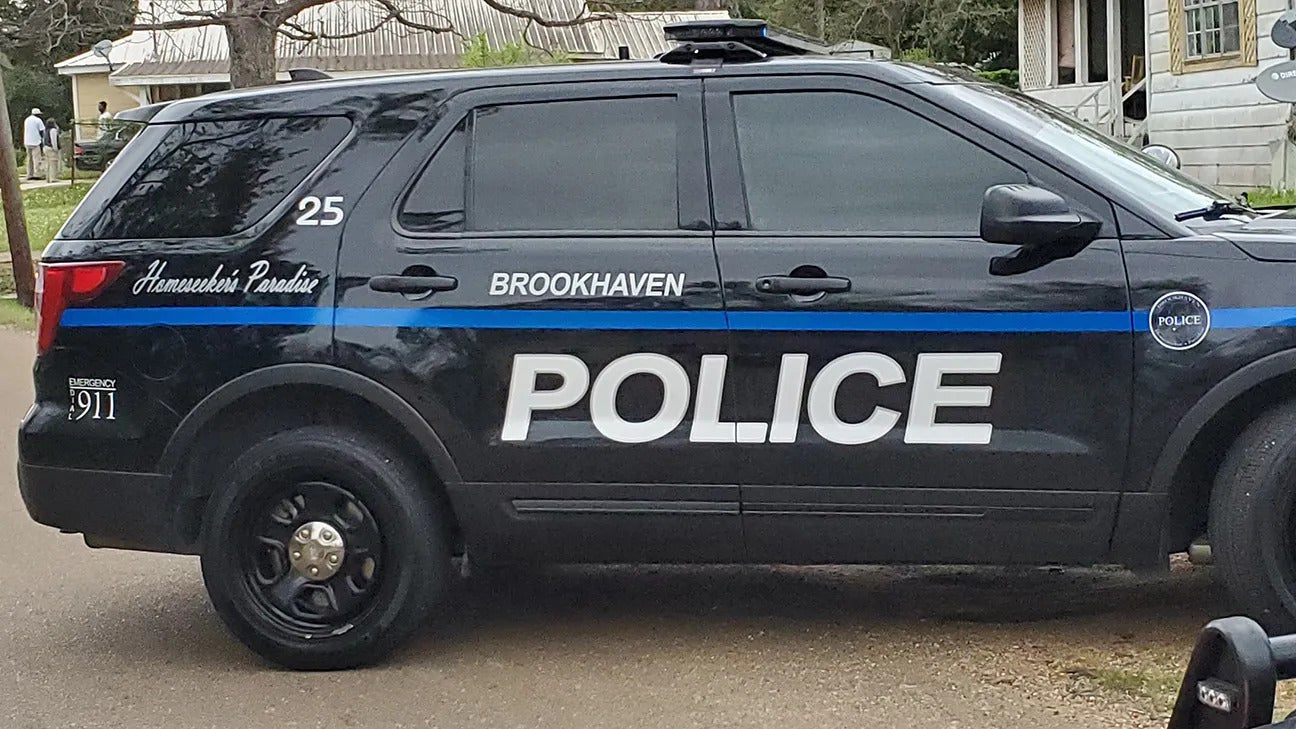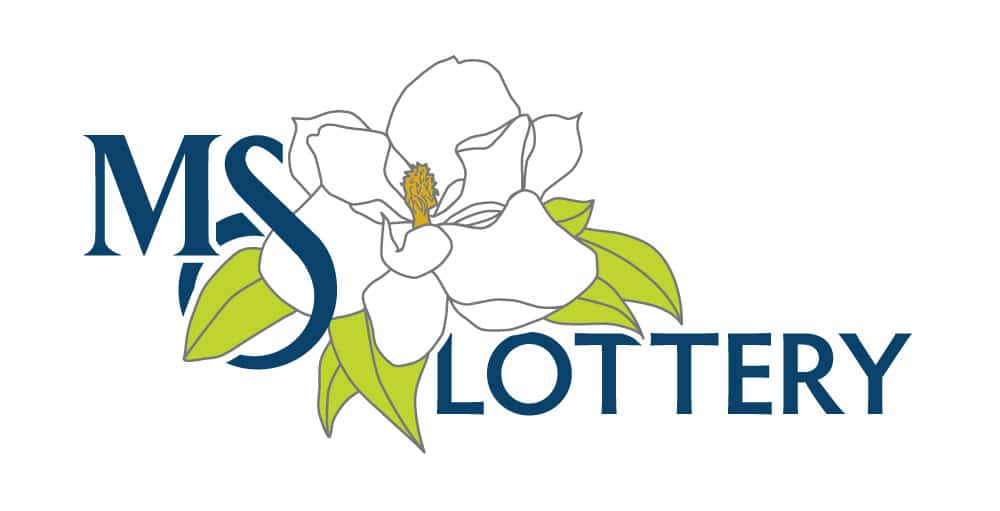Aerial surveys could show if arctic blast was enough to push waterfowl to Mississippi
Published 11:14 am Monday, January 22, 2024
JACKSON — It has been a slow waterfowl season in Mississippi largely due to above average temperatures up north and a lack of habitat after the drought this summer and fall. Mississippi Department of Wildlife, Fisheries and Parks Waterfowl Program Coordinator Houston Havens said the program expects things to pick up this week.
Hunters last week reported shallow impoundments freezing up so ducks moved to deeper and open water like oxbows. Havens said the days following big blasts of freezing cold weather are typically the best for hunting waterfowl.
For example, in the 2022-23 waterfowl season the hard freeze in December led to some of the best hunting reports for the season. Havens said things could pick up this week for hunters as birds leave frozen areas north of Mississippi and migrate south in search of food and open water.
“Ideally, we would have had birds building in number here and staging in larger wetland areas such as Oxbow lakes and reservoirs. We are waiting things out. Arkansas saw birds pickup last week,” Havens said. “I talked with a public hunter looking to come down here and he had talked to friends in Arkansas. The birds there are really tied to the river systems during the freeze because of the unfrozen water. They are likely waiting until food areas become open.”
North of Mississippi, Havens said reports in Illinois and Missouri state birds were still hanging out up there. Typically, the waterfowl season is finished as birds leave those states before the season ends but this year they have not moved south as fast.
Two ice storms last week might have been enough to force birds to come down to Mississippi from those northerly states. Havens said looking back through data the state sees peak numbers of waterfowl in January.
Some years those peak numbers are in the first half of the month and other years they are in the second half of the month. Mississippi’s waterfowl season ends on January 31. Havens said they typically ramp up to a peak in bird numbers.
“We hope it is different this year and we see a big spike at the end,” Havens said. “We didn’t have a gradual increase. Our aerial surveys have all been low so far. We are interested to see what this week’s aerial survey looks like. A substantial increase would be welcomed.”
One positive of the slow season is reports of Highly Pathogenic Avian Influenza have been low. Havens said they will continue to keep an eye out for HPAI because an increase in abundance of waterfowl could cause sickness to spread. Environmental conditions such as limited habitat after a drought can make the problem worse.
A bird’s eye view
Aerial surveys will likely start Monday and Tuesday but are dependent on weather. Havens said the flights are rigorous. A Mississippi State University PHD project created the survey to randomize the sample taken to get a good estimate of waterfowl numbers in the state.
Havens said he and waterfowl program biologist Darrin Hardesty fly the surveys at 400 feet and take randomized east to west lines starting from the hills to the Mississippi River. They then count the number of birds between a fixed width on the plane’s struts. The methodology has led to a dependable data set to compare to each year.
Sometimes the birds flush up off of the water and show the color on their wings which helps them identify species. Havens said the flights are typically conducted over three days with 20 to 25 hours spent in the air.
“It is a cool part of the job. Every year is different. It has been interesting to see the changes,” Havens said. “We are cautiously optimistic on what we expect with our surveys. We need a big push of waterfowl to finish the season strong.”






